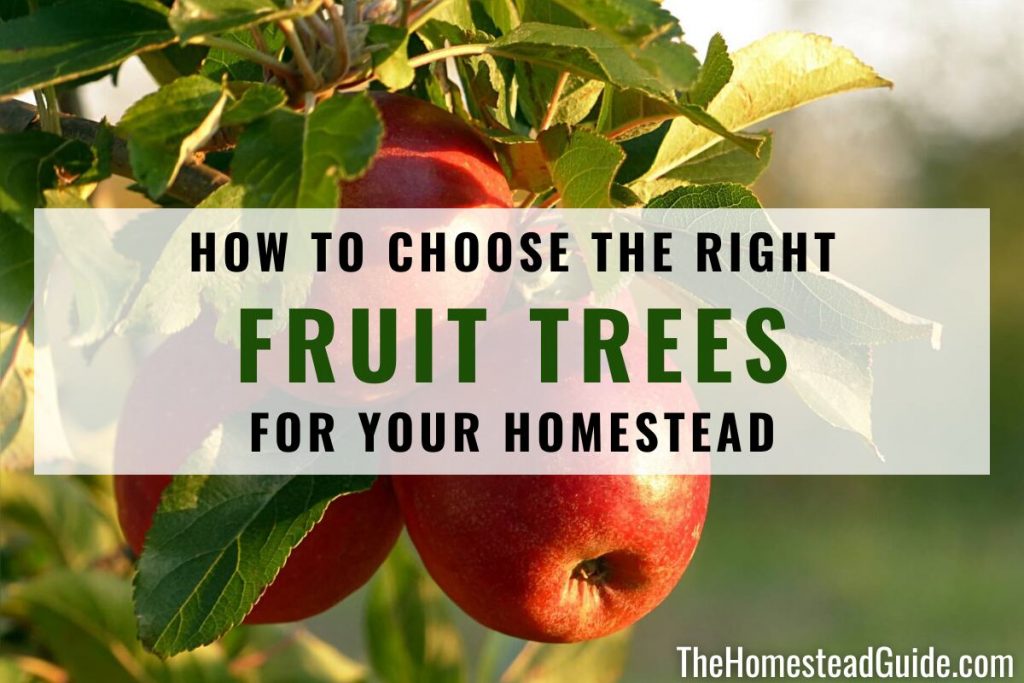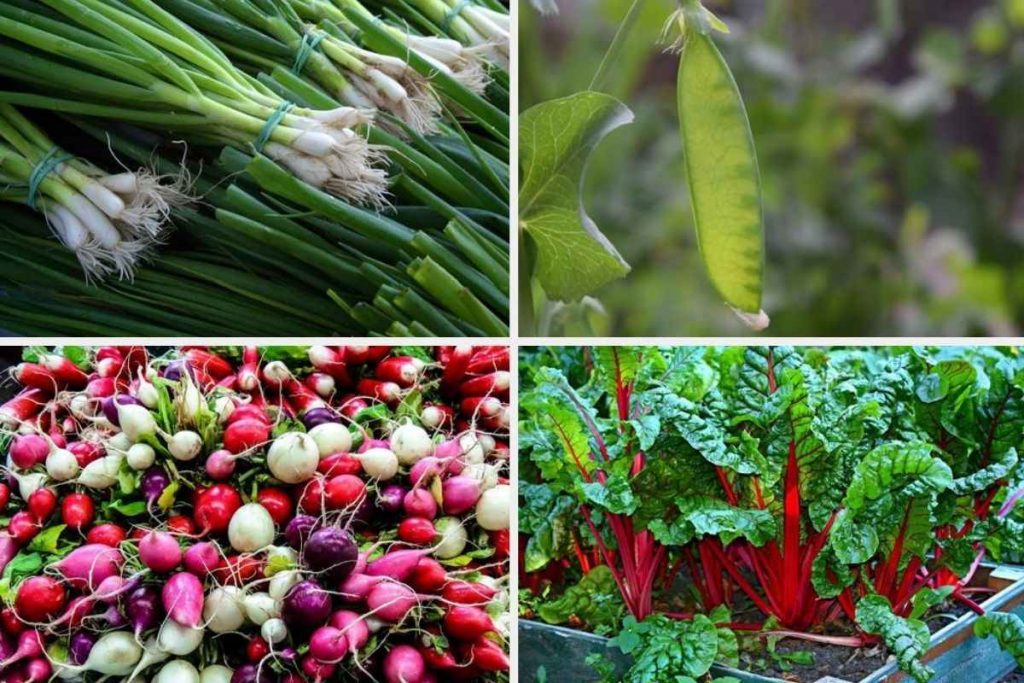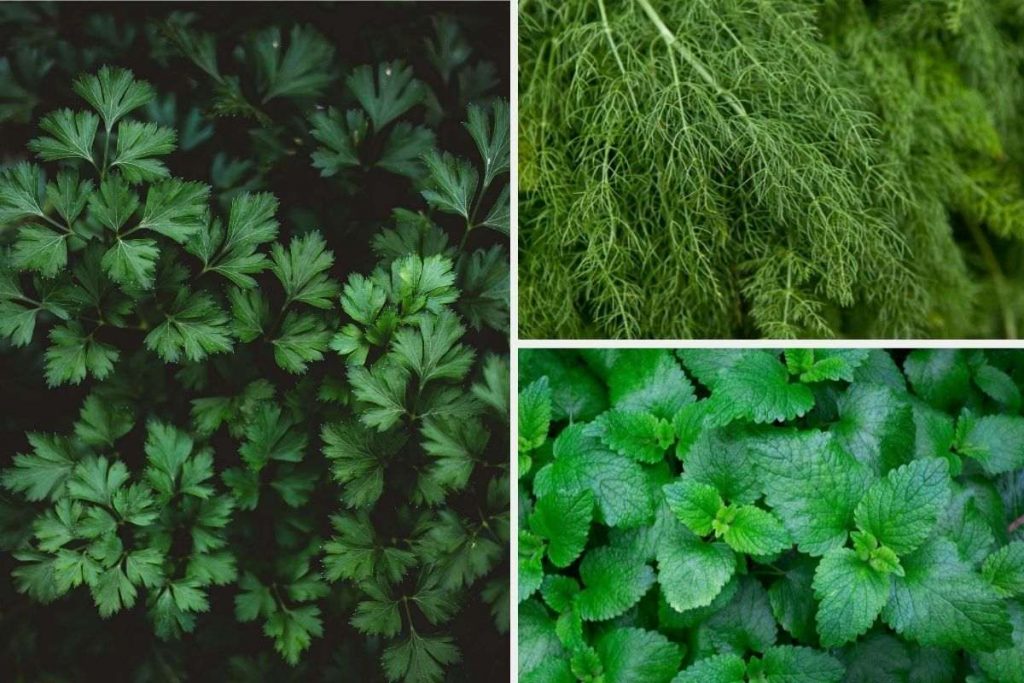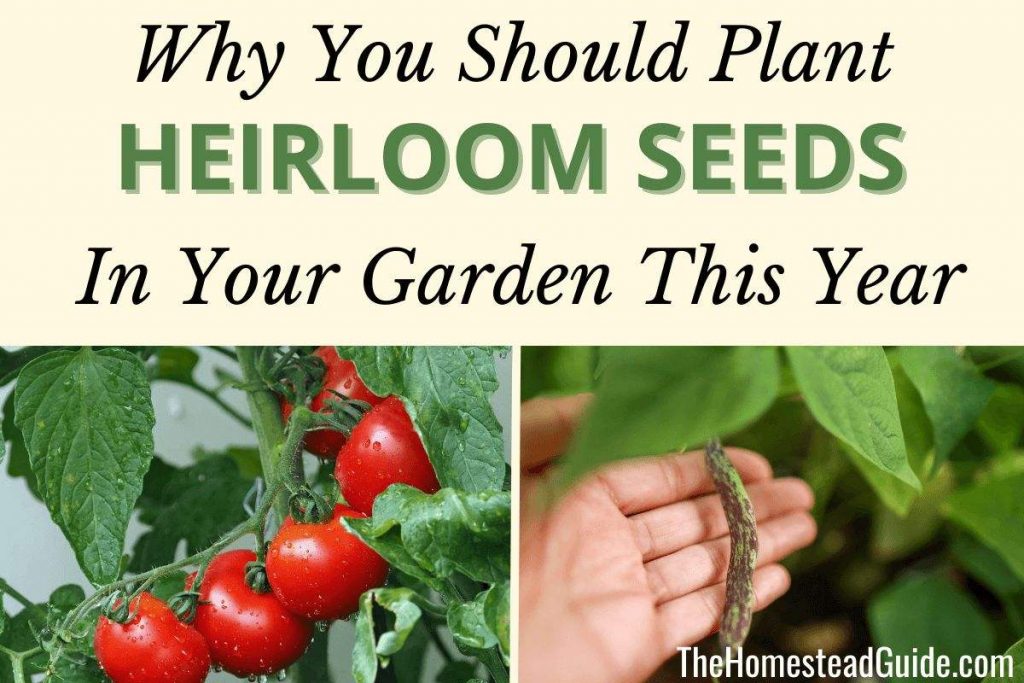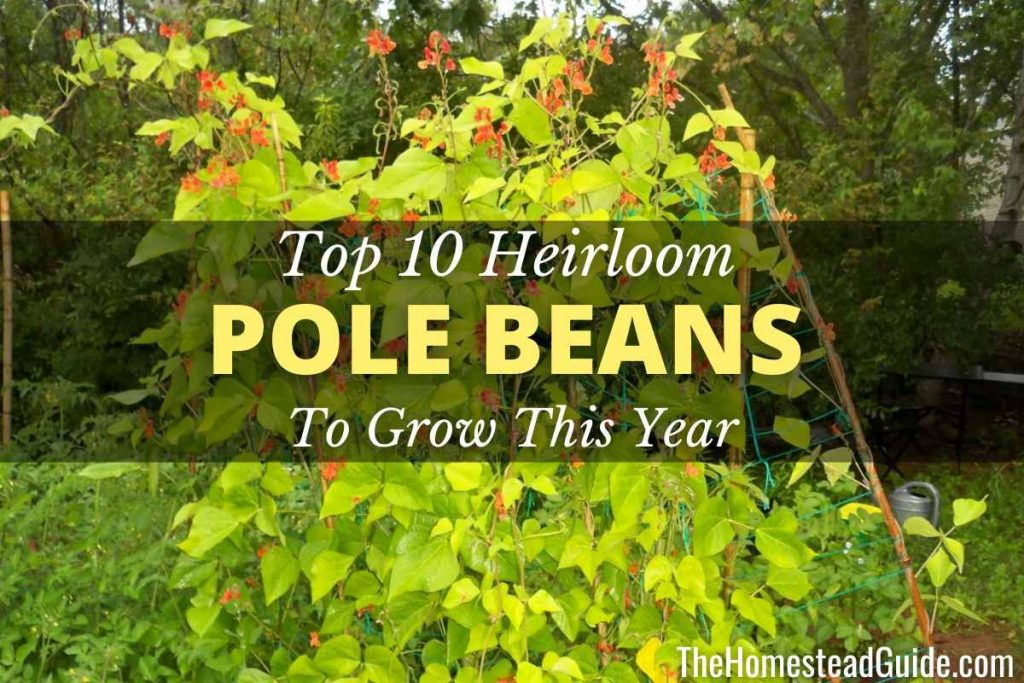Does your dream homestead include a big garden and fruit tree orchard? I know mine does – and we are slowly but surely making it happen! I mean, who doesn’t love the idea of growing your own fresh, delicious vegetables AND fruit? If you’re just starting out and wondering how to choose the right fruit trees for your homestead, you are in the right place.
The unfortunate reality is that inflation is getting out of control, and the cost of groceries has skyrocketed over the past few years alone. It’s becoming more and more of a financial burden to buy all your own produce, and as homesteaders, we share the common goal of being self-sufficient or at least as self-sufficient as possible.
You’d be hard pressed to find a homesteader without their own vegetable garden, but if you have the space and patience, why not grow your own fruit as well? Not only do fruit trees produce an abundance of healthy, fresh fruit once they reach maturity, but they also have the most beautiful (and often fragrant) blossoms in the spring, they contribute to the overall landscaping aesthetic, and they provide shelter and habitat for wildlife in the area.
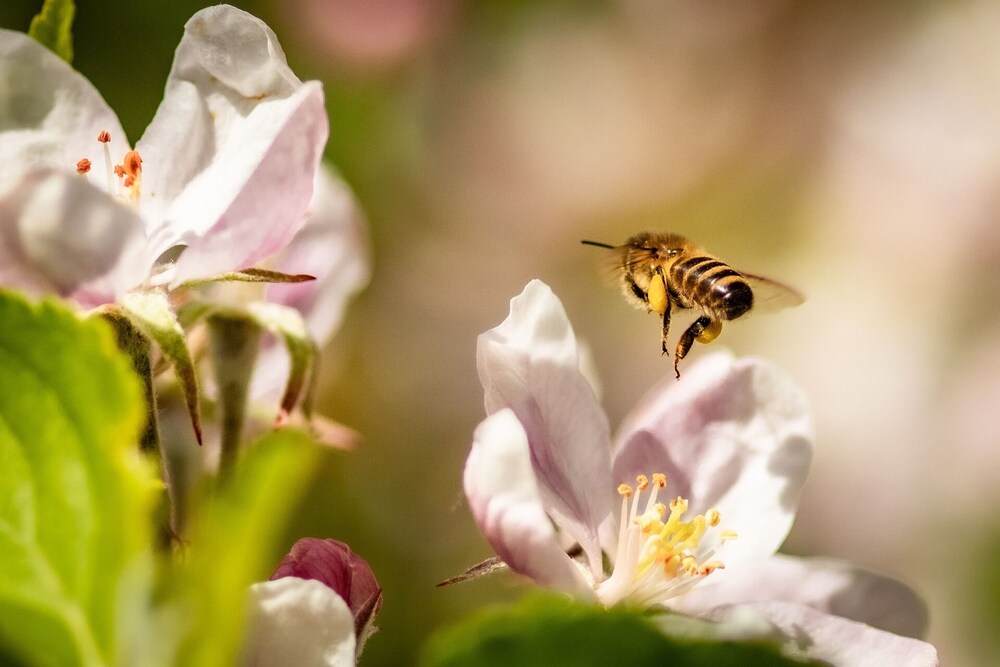
If you’re feeling a bit overwhelmed about how to choose the right fruit trees for your property, keep reading! I’ll go through the main things you need to know when it comes to selecting the best fruit trees for your homestead.
- What are the benefits of planting fruit trees?
- 1. You can enjoy fresh, nutritious produce without the use of pesticides and sprays.
- 2. You can save a lot of money when you grow your own fruit at home.
- 3. By growing your own fruit trees at home, you are helping the environment in multiple ways.
- 4. Having fruit trees on your land increases your property value.
- 5. By planting fruit trees, you are making a long-term investment into your property.
- 6. Producing your own fruit is another step forward in becoming self-sufficient.
- What to consider when choosing fruit trees to grow at home
- 1. Climate considerations: what fruit trees grow best in my hardiness zone?
- 2. Chill hours for fruit trees
- 3. Do you have enough space to grow fruit trees?
- 4. Location considerations for fruit trees: sunlight, root systems, wasps and more!
- 5. Pest and disease considerations
- 6. Pollination requirements for fruit trees
- Final Thoughts
What are the benefits of planting fruit trees?
There are many benefits of planting and growing your own fruit trees on your homestead. Here are some of the main ones:
1. You can enjoy fresh, nutritious produce without the use of pesticides and sprays.
Mature fruit trees provide an abundant source of fresh and healthy produce, and you don’t have to worry about what was sprayed on the fruits to keep them looking “picture perfect” for the grocery store. I am sure we all know that looks aren’t everything when it comes to fruits and veggies! So what if some of your pears turn out a little misshapen? With that being said, I know nobody wants to bite into a wormy apple, but there are plenty of natural ways to control pests in apples, plums and other fruits without having to spray chemicals that could potentially harm beneficial insects, birds, mammals and even your family!
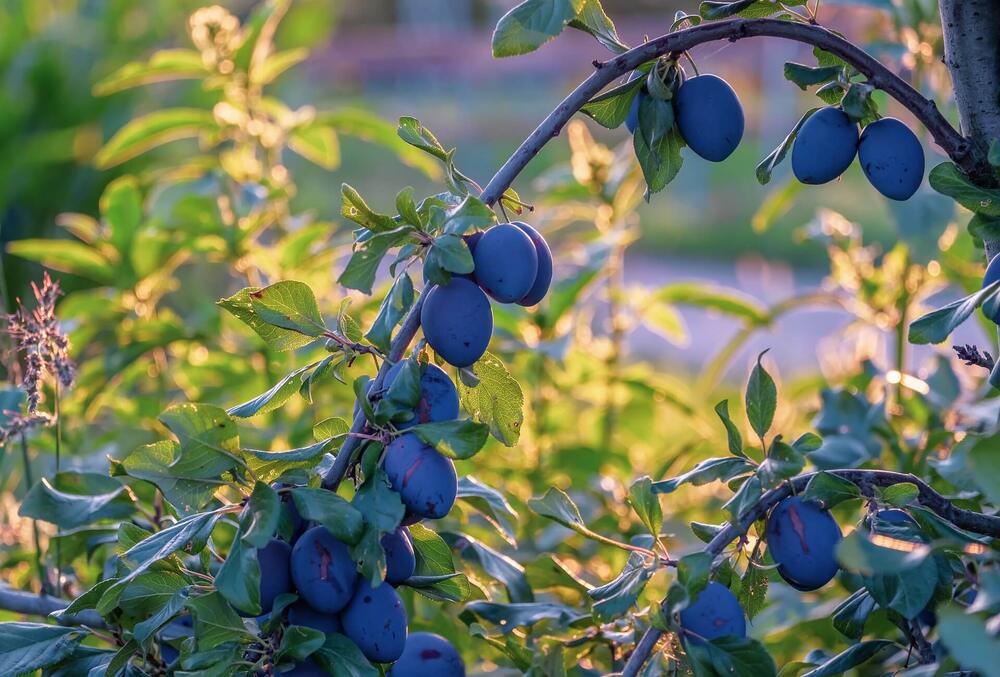
There is something so satisfying about using your own fresh fruits to make jams, pies, juices, wines, or even just to snack on. We are still relatively new to growing our own fruit at home, so we just have a couple of mature sour plum trees and crabapples on the property that we’ve inherited from the previous owner, but I’ve made “wild plum jam” and we even did a crabapple-plum wine as an experiment, and both turned out quite nice! We’ve planted a couple more apple trees so far, and I hope to eventually have a little orchard to enjoy in the future!
2. You can save a lot of money when you grow your own fruit at home.
We are all painfully aware of the skyrocketing cost of living, especially when it comes to groceries like fresh fruits and vegetables. Growing your own fruits and vegetables can help you save money on groceries. When it comes to growing veggies, if you grow heirloom varieties, you can save the seeds each year so you won’t have to buy more! When it comes to fruits, depending on the size of your orchard, you may get enough fruit to meet your family’s needs and have some extra to give away to friends and family or sell at markets!
3. By growing your own fruit trees at home, you are helping the environment in multiple ways.
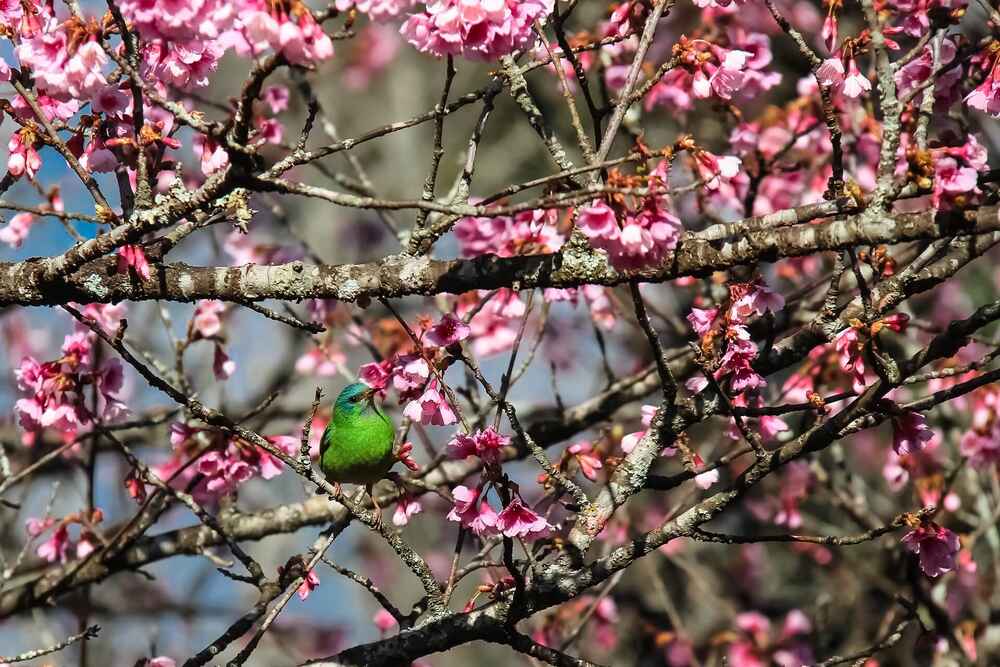
Planting fruit trees and any trees in general help to improve air quality by absorbing carbon dioxide and pollutants and releasing oxygen into the atmosphere. Additionally, they provide shelter for birds and other wildlife in the area. Planting species native to your area would be ideal – I always make sure to plant native species that are recognized as food sources by the local fauna.
4. Having fruit trees on your land increases your property value.
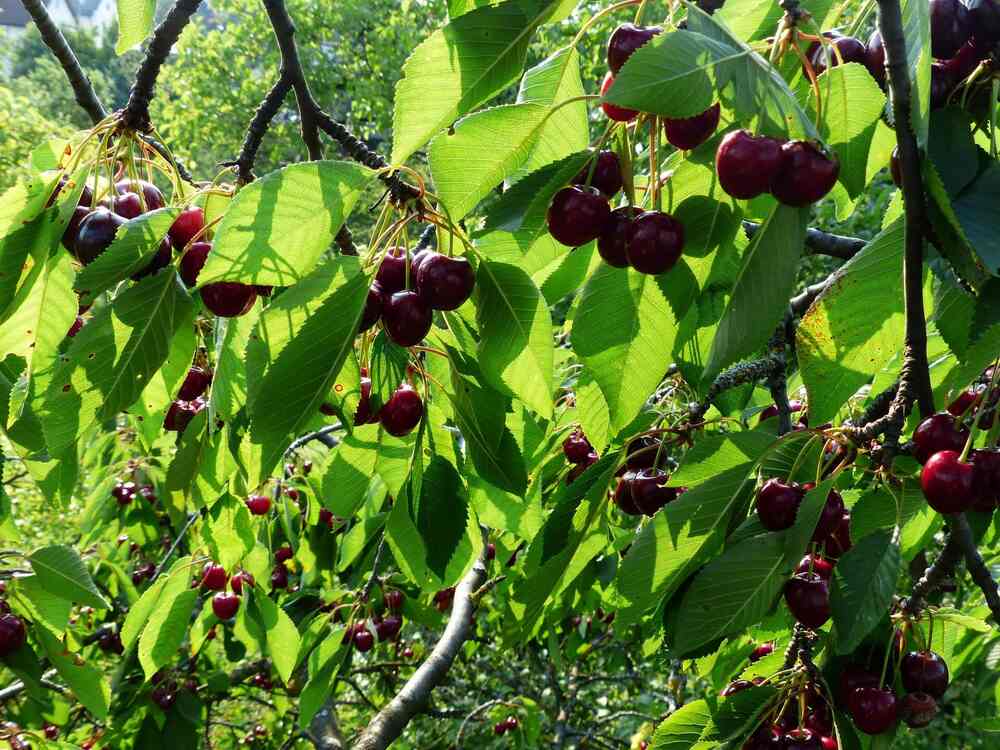
Having fruit trees on your property, especially mature fruit trees, adds a significant value to your homestead. If you ever plan to sell or even pass on your property to your children one day, planting fruit trees now is a great investment in the future when it comes to your property value. And you know what? Property value doesn’t even have to mean value for potential buyers. You’re increasing the property value for YOURSELF by growing and maintaining a beautiful orchard!
5. By planting fruit trees, you are making a long-term investment into your property.
Going along with the previous point, planting fruit trees is a long-term investment. While it takes a few years at the beginning for the trees to mature and start producing fruit, your trees can continue to bear fruit for many years to come after that – even decades! When you plant fruit trees, you are investing in not only your property but also your health and wellness.
6. Producing your own fruit is another step forward in becoming self-sufficient.
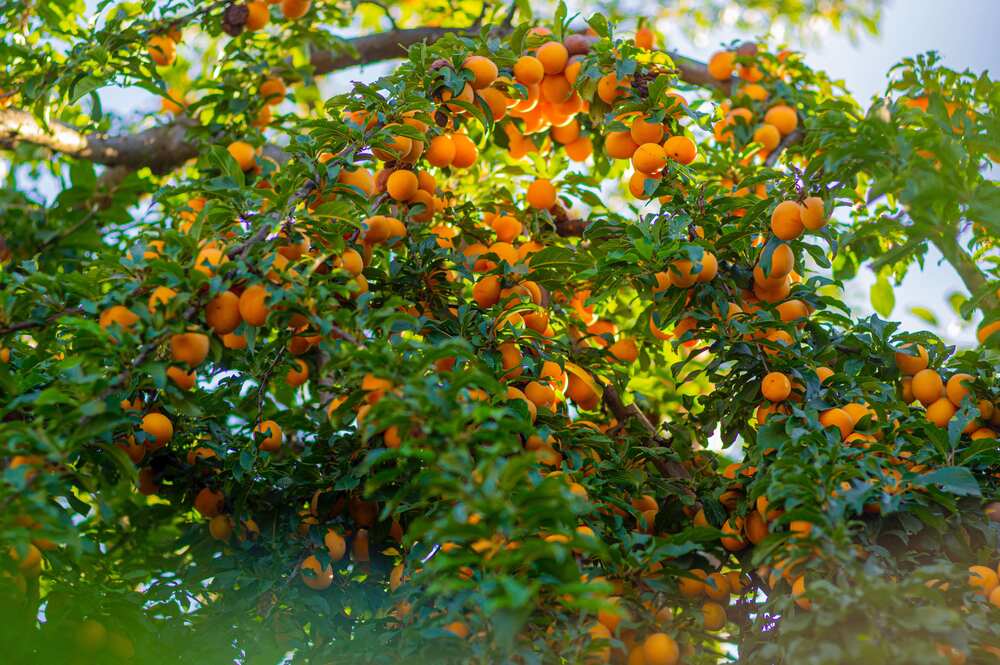
Growing your own food makes you more self-sufficient. I think it is safe to say that a shared goal amongst us homesteaders is to become as self-sufficient as possible and rely on the system as little as possible. We are all working to create our own little paradises at home, and a major part of that is being able to grow our own food under our own control. That means we don’t have to worry about what is in or on our food. If you have little ones at home, one of the most important parts of being self-sufficient is knowing that our children are being fed whole, nutritious foods and not being exposed to a number of unknown substances found on grocery store produce.
It’s no secret that grocery store produce is focused mainly on looks rather than taste or nutrition, since “perfect” fruit and vegetables sell more. Well, I happen to love my lumpy and bumpy heirloom veggies, and I buy “imperfect” bulk apples at the store all the time because it’s usually a lot cheaper, but ultimately I’d like to produce most of it on my own property under my own control!
What to consider when choosing fruit trees to grow at home
1. Climate considerations: what fruit trees grow best in my hardiness zone?
When it comes to learning how to choose the right fruit trees to grow at home, one of the biggest considerations is the climate of your region. Different types of fruit trees have different needs when it comes to temperature and precipitation. That’s why it is important to make sure that the fruit trees you’re considering will actually thrive in your environment. After all, you will be waiting a while for fruit, so you want to make sure it’s worth it!
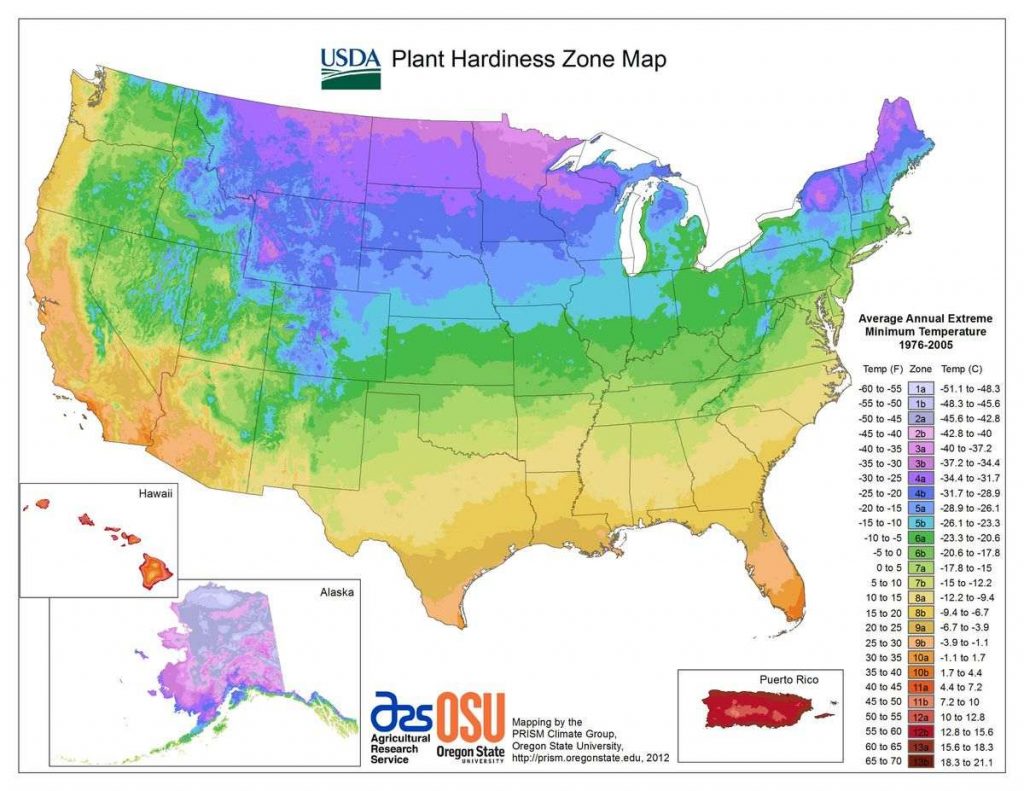
The USDA hardiness zone map divides North America into 13 different zones based on average minimum winter temperatures. Choose fruit tree varieties that are best suited for your hardiness zone and make sure they can withstand your coldest winter temperatures.
One thing to be careful of: some garden centers (especially the big box stores in the summer) seem to be ordering in varieties that might not be suited for your growing zone. For example, I’ve seen trees rated only up to Zone 4 in Zone 3 areas, so you need to watch out and check the tags carefully. If that were me in Zone 3, I’d only be looking at varieties that can grow in Zone 3 or Zone 2.
You might get told that it’s fine, but I personally think it’s risky if you’re in a colder area than the zone on the tag. Since you’re probably paying upwards of $100 per tree and you’ll have to wait up to five years for fruit, I feel that it’s not worth the risk to grow anything unless you know for sure that it will survive in your area and produce fruit.
2. Chill hours for fruit trees
Consider the amount of chill hours your fruit tree may need. What are chill hours, you may ask? Well, other than an hour of drinking beer and smoking meat at my house on the weekend, a chill hour is any hour where the temperature is between 32-45° F (or 0-7° C), but the definition varies slightly. Check out this resource to learn more about fruit tree chill hour requirements.
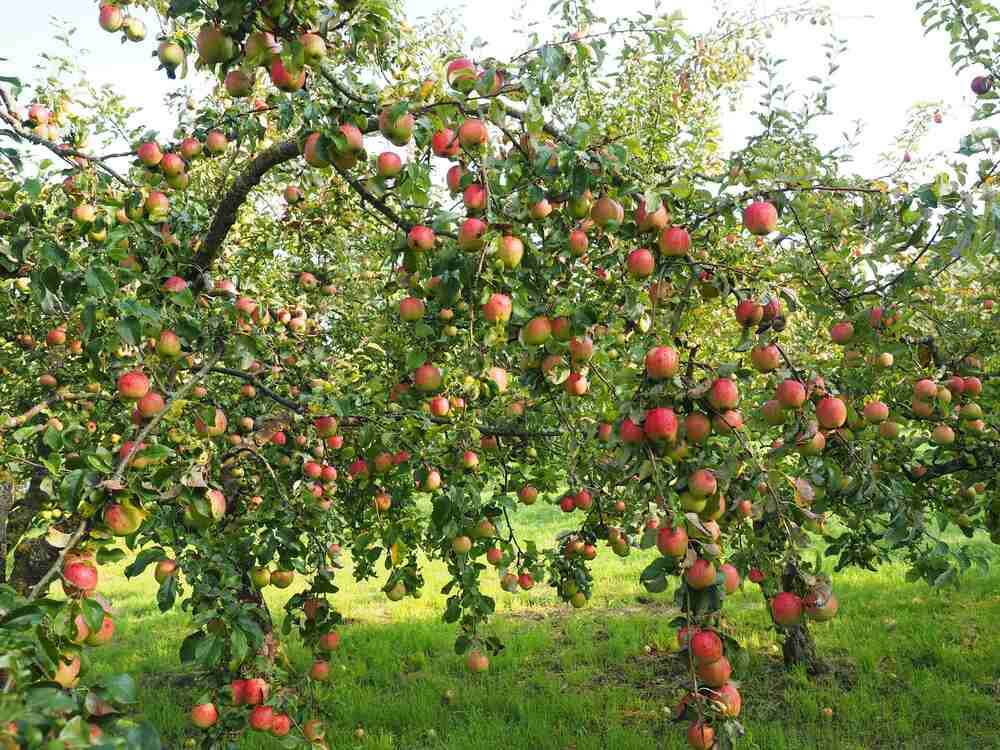
Chill hours are important for nut and fruit trees (other than citrus) because they need a specific amount of chill hours each winter to break dormancy and produce fruit. Different types of fruit and nut trees require different amounts of chill hours. For example, many apple species require 500-1000+ chill hours per year, which is why apples grow best in cooler, temperate areas. Check out this resource for some examples of apple varieties and their chill hour requirements.
All in all, though, I wouldn’t overthink this one too much unless you’re buying bare root apple trees from an online catalogue and it’s an uncommon variety for the area. Usually you won’t have anything to worry about if you’re buying stock from a local nursery and the variety is commonly grown in your area.
3. Do you have enough space to grow fruit trees?
When you are learning how to choose the right fruit trees to grow at home, it’s important to consider the space they will need to grow and thrive. I know it might look silly at first or even like you’re wasting space to plant your little saplings so far apart, but believe me – they’ll need a lot of space to grow, and you won’t be able to move them once they’re planted!
Fruit trees vary in size, with some trees reaching up to 30 feet tall and wide. Dwarf fruit trees are a great option for smaller spaces, as they typically grow about 10 feet tall and wide. Keep in mind that a lot of fruit trees like apples and pears grow outward quite a bit and take on a rounder shape, so if you have a tree that will grow 25 feet tall, it probably grows just as wide.
You’ll want to think about the logistics of picking the fruit once the trees reach full size as well. Not only should you give your fruit trees enough space in between to grow outwards, but you also need to make sure there is enough space for you to get in there with a ladder and harvest your bounty!
4. Location considerations for fruit trees: sunlight, root systems, wasps and more!
Location is another important consideration in terms of how to choose the right fruit trees to grow at home. Fruit trees require a lot of sunlight, so try to pick a location that gets at least 6 hours or more of direct sunlight every day. Avoid low-lying areas, as those spots can collect a lot of standing water after a heavy rainfall and fruit trees don’t like standing water – you’ll want a spot with good drainage.
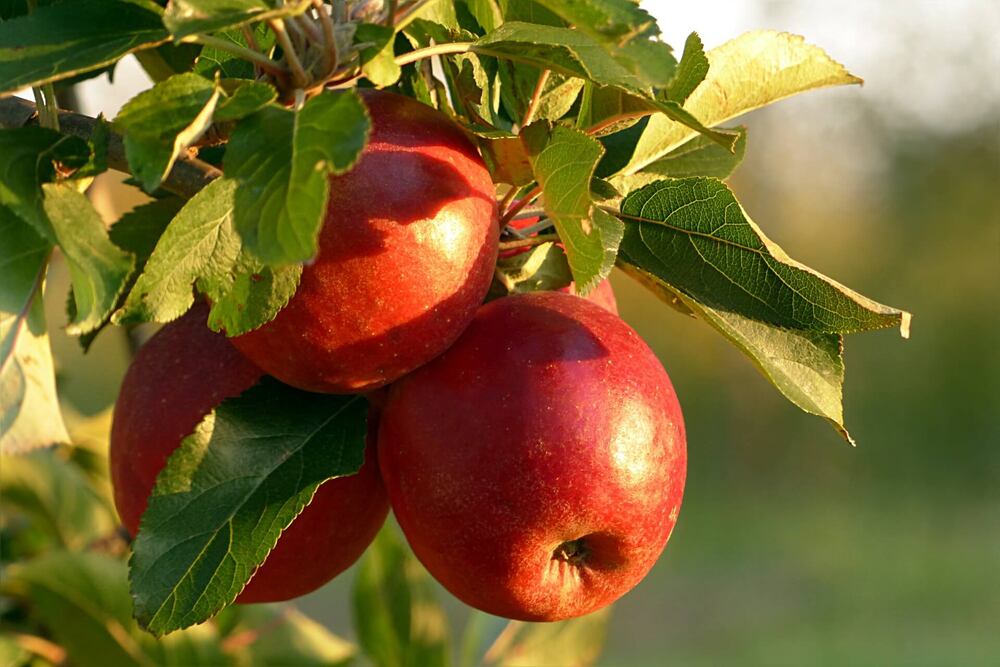
Another important aspect of location is thinking about the root system. Trees have such prolific root systems that extend deep in the ground, and you need to think about the future and whether you’ll ever need to dig anything up nearby. For instance, I’d recommend not planting fruit trees above your septic field, geothermal, pipes, well, etc. If there is ever a need to dig up the area at any point in the future, you do not want mature tree roots getting in the way. I’d hate for you to have to risk damaging or killing your precious fruit trees!
One last thing to consider about location: the wasps. I’ll just come right out and say it – when you have fruit trees, you will have to deal with bees and wasps hanging around. There are two main times where you’ll see them the most: the first is in the spring when your trees are in blossom – it’s not a big deal during this time since the bees and wasps are busy pollinating the flowers, but it is a bit unnerving to hear the entire tree buzzing; the second time is in the late summer and early fall when the fruit is ripening and falling off the trees – this is also when wasps and hornets become more aggressive as they become more and more desperate for food.
I can tell you from personal experience that it’s not fun trying to enjoy a nice family gathering under a big ol’ crabapple tree in late August when you’re constantly being bothered by hovering wasps. I have a relative who always hosted the family reunions growing up, and her big beautiful backyard unfortunately also included a huge crabapple tree directly beside the back door and back patio, which is where we all sat and gathered. Every few minutes you’d hear the *thunk* of overripe crabapples falling to the ground – need I say more?
Fortunately, you can really reduce or avoid the wasp and hornet issues by planting your trees far away from your house and outdoor sitting areas and cleaning up any fallen or rotting fruit around the trees. I would strongly recommend cleaning up the fallen fruit either in the early morning or late evening when wasps and hornets are less active.
5. Pest and disease considerations
When learning how to choose the right fruit trees to grow at home, it’s important to consider the potential for pest and disease issues. There’s not many a worm that can resist the temptation of a sweet, juicy apple! Fortunately, there are a lot of fruit tree cultivars that are resistant to some common pests and diseases that you can buy. With that being said, you can’t be certain that you won’t run into any issues, even with some of these. It’s always good to practice good garden hygiene like keeping the area around your trees free of debris and fallen fruit, pruning and thinning regularly, and watching for signs of common diseases in fruit trees before they get out of control.
6. Pollination requirements for fruit trees
If you were thinking of starting your orchard by buying one of each, like a pear, plum and apple, think again! In order for fruit to develop, the blossoms need to be pollinated. It is extremely important to understand the pollination requirements of the fruit trees you are considering. For example, apples, plums, pears and sweet cherries will all require a pollinator. While there are quite a few types of fruit trees that are self-fertile, there are some that require a compatible pollination partner in order to bear fruit.
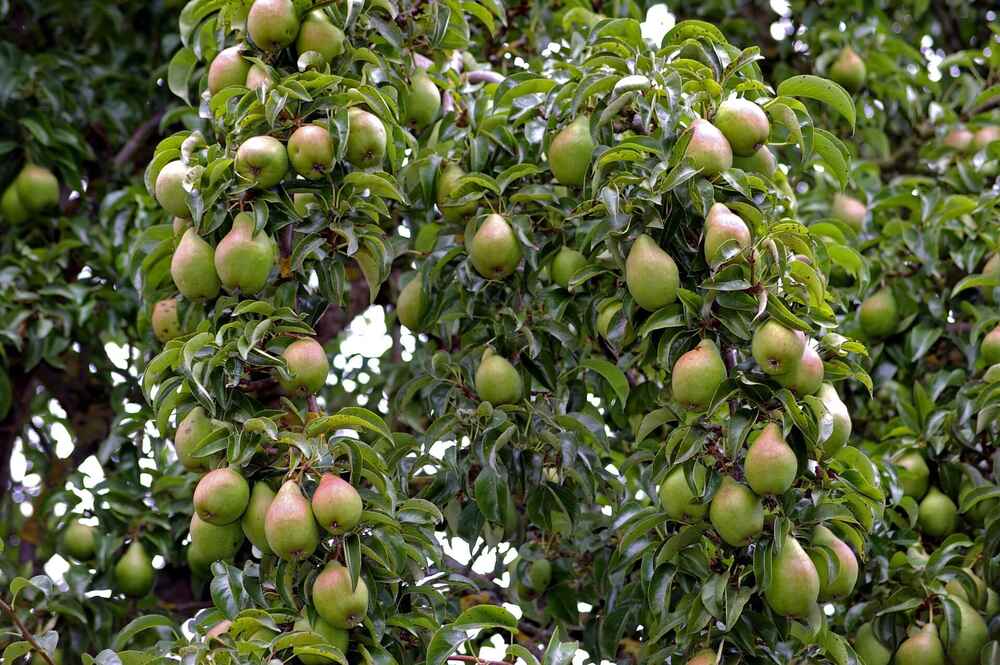
Fruit trees that are not self-fertile (meaning they will produce flowers but they will never turn into fruit) need another fruit tree of the same species but a different variety in order for pollination to occur. Apples are one of the main trees that need one other variety nearby for pollination (crabapples and full-size apples are compatible pollinators, by the way!). There are so many different options that there are pollination charts out there to help you and there is too much information out there for me to summarize here, so I would highly suggest checking out the pollination requirements of the particular fruit tree you are looking at. When in doubt, ask the pros at your local plant nursery!
Final Thoughts
There is just something so special about enjoying your own sweet, delicious fruit off the land. Vegetable gardening is one thing (and I am most definitely not downplaying it!), but having your own orchard that you started up from the very beginning is just next level rewarding.
I love that homesteading gives us a way to teach our little ones about the importance of growing your own food, and planting fruit trees is the perfect companion to planting a garden, as it is quite the lesson in patience and planning for the future without the instant gratification – both extremely important concepts for children and adults alike!
While it may seem like a lot to think about at once when you’re learning how to choose the right fruit trees, what it really boils down to is making sure you have the right climate, enough space and a good location for your fruit trees. Some trees also need a second variety close by to pollinate and produce fruit. By far the easiest way to get started is to check out your local nursery or garden center (not one of the big box stores with a summer seasonal section) and ask the experts – they will be happy to help you pick out some great varieties!
Are you growing a vegetable garden this year? Check out my top 10 heirloom series and browse through my top choices of heirloom peas, beans, cucumbers, tomatoes, peppers, beets and more!
Are you growing fruit trees already or is this your first time? Let me know in the comments – I’d love to hear from you!

